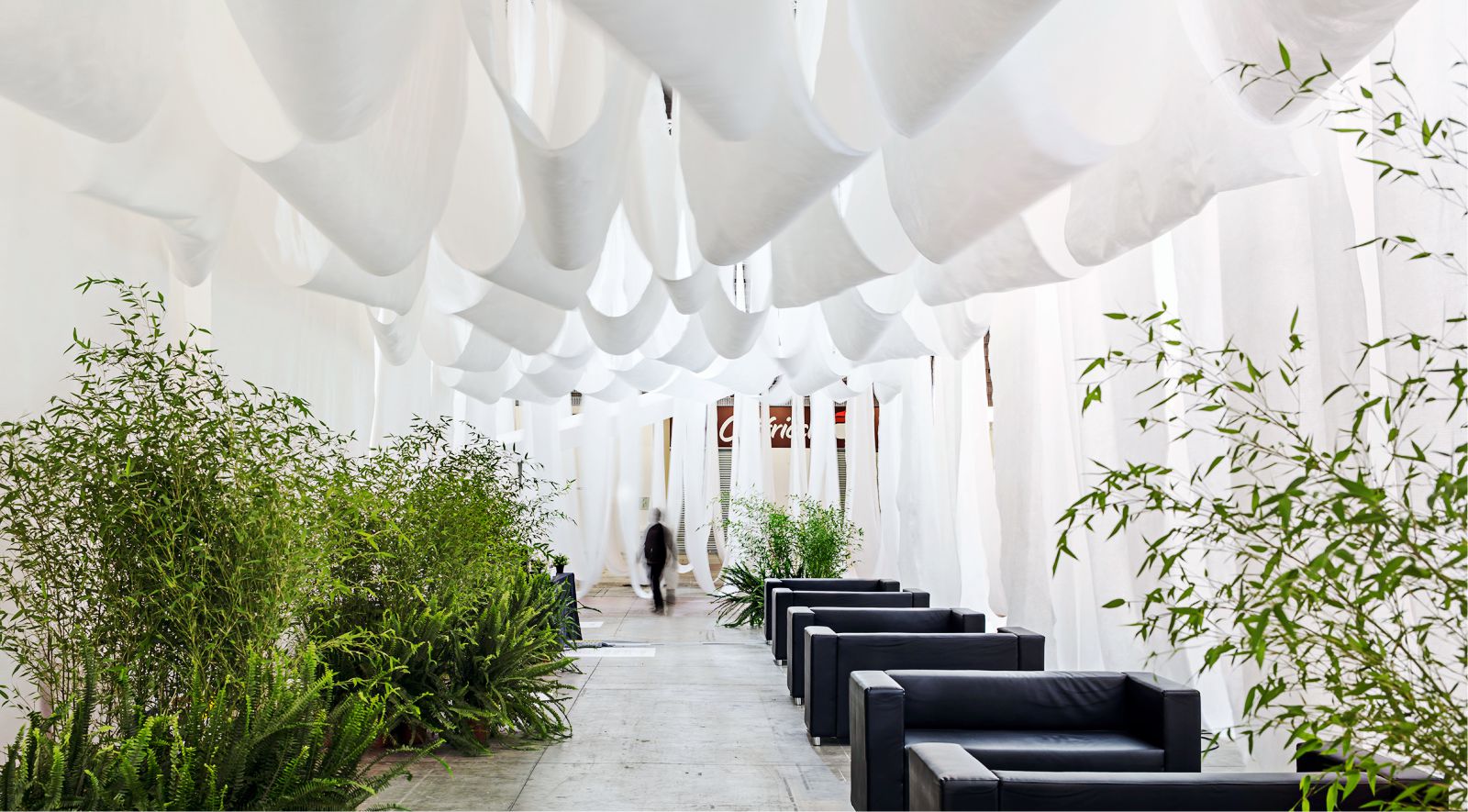

By definition, the term "sustainable" explicitly indicates durability and longevity, suggesting that green architecture should be everlasting. Sustainable architecture is an evolving discipline, continuously reshaping its meaning. How can architects navigate this landscape of uncertainty and embrace the inevitability of societal progress and change?Īs we face the future with a sense of urgency, driven by global time horizons like the UN 2030 Agenda for Sustainable Development, the architecture community grapples with questions on the approach needed to address the ecological crisis. Balancing the desire for architectural permanence and cultural preservation with the need to adapt and evolve becomes a crucial question in shaping the architecture of the future. Architects are faced with the challenge of designing for a future that is ever-changing and increasingly complex to predict. What naturally follows in a capitalist society are issues of disposability and obsolescence. Image © John GollingsĪdvancements in technology have ushered in a culture defined by accelerated trends and immediate gratification. Save this picture! MPavillion / Studio All. Despite its innovative design, the building ultimately failed to live up to its promise of transformability in response to evolving societal needs.

The tower was conceived as a modular system, with individual pods capable of adapting to different uses and being moved in and out of a central core structure. The Nakagin Capsule Tower in Tokyo, designed by Kisho Kurokawa, is an example of ambitious Metabolist architecture. However, a significant oversight was the failure to anticipate that the movement itself would eventually become outdated. Inspired by the fusion of architectural megastructures and organic biological growth, the movement sought to create dynamic buildings that would "metabolize" to meet expected future needs. With an aim to create adaptable structures that could evolve according to societal needs, the architecture of the Japanese Metabolist movement structurally acknowledged that Japanese cities were in a constant state of growth. Related Article What is Regenerative Architecture? Limits of Sustainable Design, System Thinking Approach and the Future Similarly, the construction of the Athens Olympic Complex of 2004 and the Montreal Olympic Stadium of 1976 have burdened future generations with high maintenance costs once the buildings were no longer in use. For instance, the Bird's Nest Stadium in Beijing, despite its initial grandeur, struggles to attract consistent usage and generate revenue. These structures often render obsolete once the events conclude, raising concerns about their long-term viability and sustainability. Olympic stadiums, for example, represent a country's ability to host global events and leave behind iconic landmarks. Amidst the climate crisis, how do these tenets apply to modern architectural design?Ĭontemporaries continue to create structures as symbols of power, prominence, and pride. Across the world, philosophies around permanence and impermanence pervaded architectural traditions. A practice, known as shikinen sengu, is observed at Ise Jingu, where the shrine is purposefully dismantled and reconstructed every twenty years. Conversely, Japanese architecture has long embraced ideas of change and renewal, evident in the ritualistic rebuilding of Shinto shrines. Emperors employed grand public works as assertions of their status and reputation. To convey the might and prestige of their empire, the Romans constructed enduring architecture as symbols of their long-lasting reign.


 0 kommentar(er)
0 kommentar(er)
